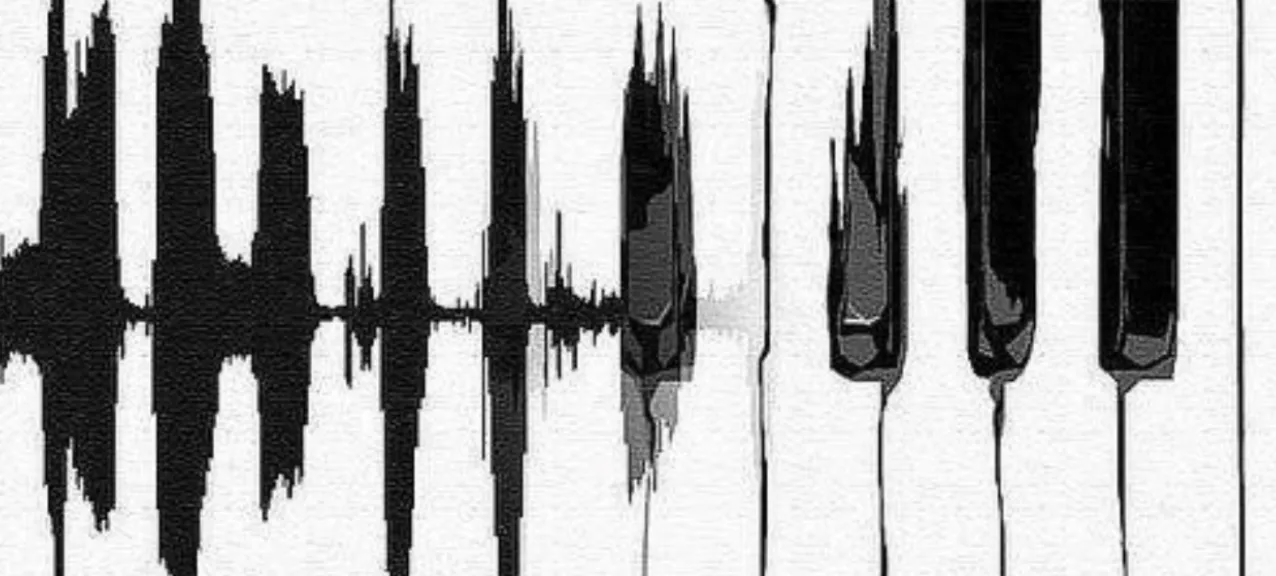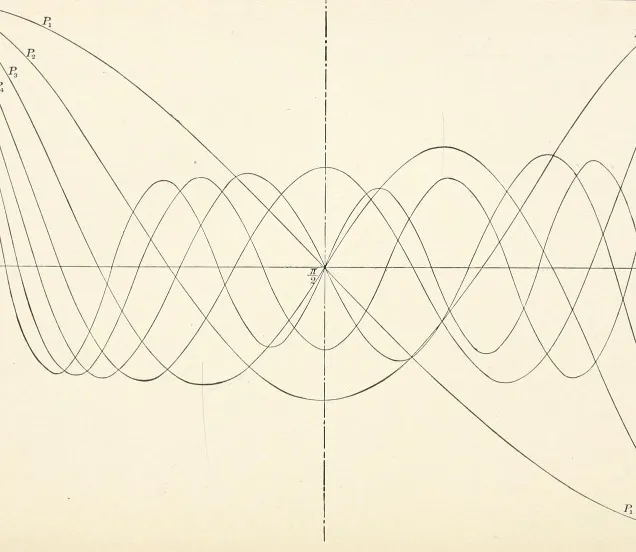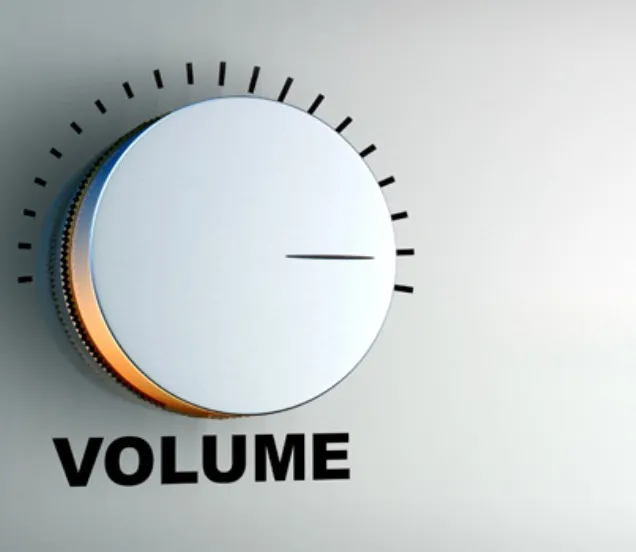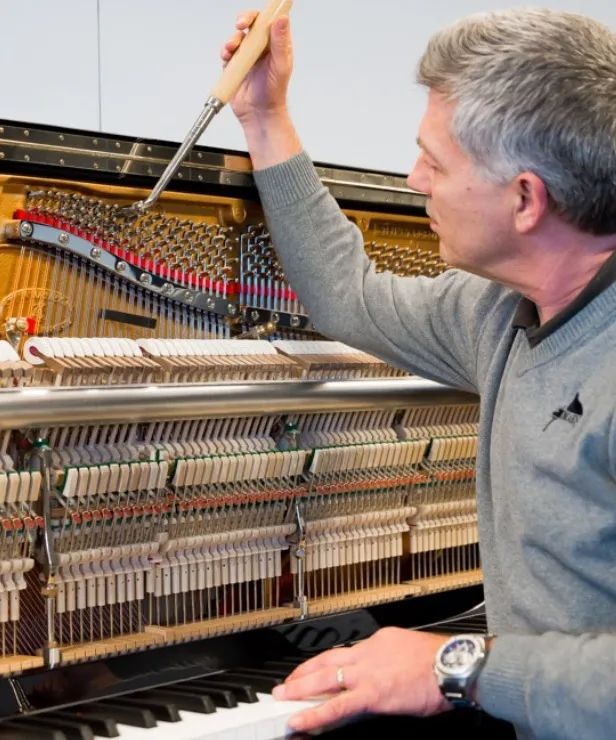Brightness
The term "brightness" is used to describe a sound that contains many overtones of its own.
Overtones are frequencies that rise above the sounding or fundamental tone. They make the sound pleasant, rich and clear.
Brightness is a very good characteristic, but a piano can also be described as shrill, rough or sharp. The proportions of the overtones to the undertone determine whether the clarity sounds pleasant! If an overtone vibrates 2x, 3x, 6x... If an overtone vibrates 2x, 3x, 6x,... as fast as the fundamental, then the sound remains nicely cyclic, and each vibration is identical. And that is exactly what people find very pleasant to listen to.
You can also say that the broader the spectrum of overtones, the richer the sound. An instrument with a somewhat metallic or pungent sound often has a much narrower spectrum of overtones.
What exactly causes this clarity? It is very complex. The length of the piano, the choice of string tension and material, the quality of the soundboard, the felt in the hammer heads, even the furniture... All elements of a piano are chosen in function of the sound and the production and amplification of overtones.








